We may receive a commission when you use our affiliate links. However, this does not impact our recommendations.
If there is a defining image that says woodworking, a silhouette that most would identify with, then it’s likely the Bailey-style outline of a plane would be top of the list. Gracing many a business card, letterhead or sign on a van, it’s all around. A mark of the plane’s success is the very fact it’s burned into the minds of many in wider society as something good about woodworking. But before and during the reign of the archetype, there was another option: the wooden plane.
During a new year and thinning out of tools from my private collection of “essentials,” I was able to be ruthless with most things – but my soft spot for wooden planes forced me to keep three of them to sit beside their metal Bailey brethren.
Bearing in mind I write from the UK, transatlantic experiences may vary. But I have found wooden planes in jack and smoother size to offer great value. The wooden jack can usually be picked up for between £10-£20 ($15-$30) from the Internet flea market. It offers a good length of sole, to compare to our archetype, it’s a No. 6 in length, and in furniture-making terms, it works well as a mini try plane.
However I’d like to focus on the wooden smoother. These “coffin” smoothers can be found for less than a jack and are often referred to as “wooden block planes” by online sellers. When looking at listings, there are a few key aspects to look at.
The first, and most important thing for me is the iron & wedge. If the wedge looks slightly “off” with suggestions of abuse or a jarring patina compared to the body of the plane, I suggest walking away. There is nothing that can’t be resolved in this world but it’ll save a bunch of time and time can not be replaced easily. The two images below show the throat of the plane and what a good, tight-fitting wedge looks like, and what a non-original poorly fitting wedge looks like…just ready to jam with shavings! And if you can get to look at the iron, try to avoid examples with pitting and rust to the backs.
The second thing is just general condition: lack of abuse and (if possible) hints of careful use such a an iron with softened edges from countless taps of adjustment. More than likely, most wooden planes you find in decent working order will be from the 19th and early 20th centuries and that’s no bad thing, as they have that wonderful innovation known as a cap iron! The rest is really simple stuff.
Lightly clean the wood. I find a quick rub with a rag, linseed oil and elbow grease removes the crud and nourishes the appearance of the wood to no end, while retaining the patina. The sole will almost certainly need flattening; the area in front of the mouth is nearly always in bad shape on these smoothers. I like to use a sharp plane and a scraper here, but abrasive on a flat surface would also be an option.
Then just prep the iron using your preferred sharpening routine. Sadly, these tools don’t come with the original owners’ honing stones; naturally the irons take the shape of the stone they were used on, so unless you have that stone, I find it easier to flatten the back enough to remove a burr successfully (the David Charlesworth ruler trick is worth a look here if you have a really bad example).
I hope to have a video and a more detailed look at getting these smoothers tuned up soon. I’m no Larry Williams or Phil Edwards, but I hope I can inspire you to give these small wonders a try and to look beyond the archetype next time you find yourself in the mood to try something new.
— Graham Haydon
Editor’s note: If you have an wooden plane in need of restoration, check out Bill Anderson’s “Bench Plane Restoration” article in the October 2014 issue of Popular Woodworking Magazine; you’ll learn how to diagnose and fix five common problems with vintage wooden planes.
Here are some supplies and tools we find essential in our everyday work around the shop. We may receive a commission from sales referred by our links; however, we have carefully selected these products for their usefulness and quality.



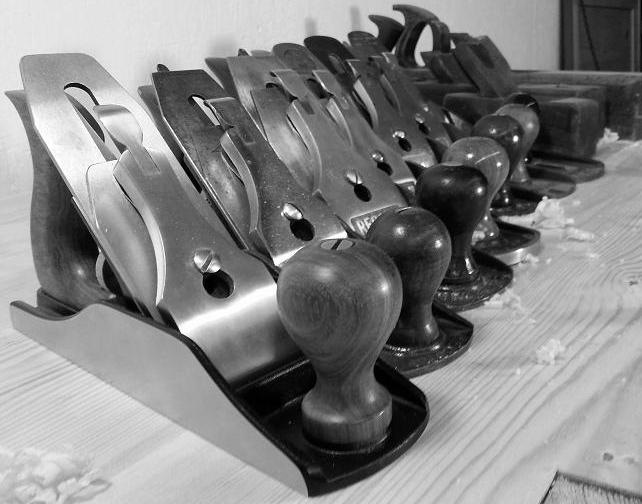
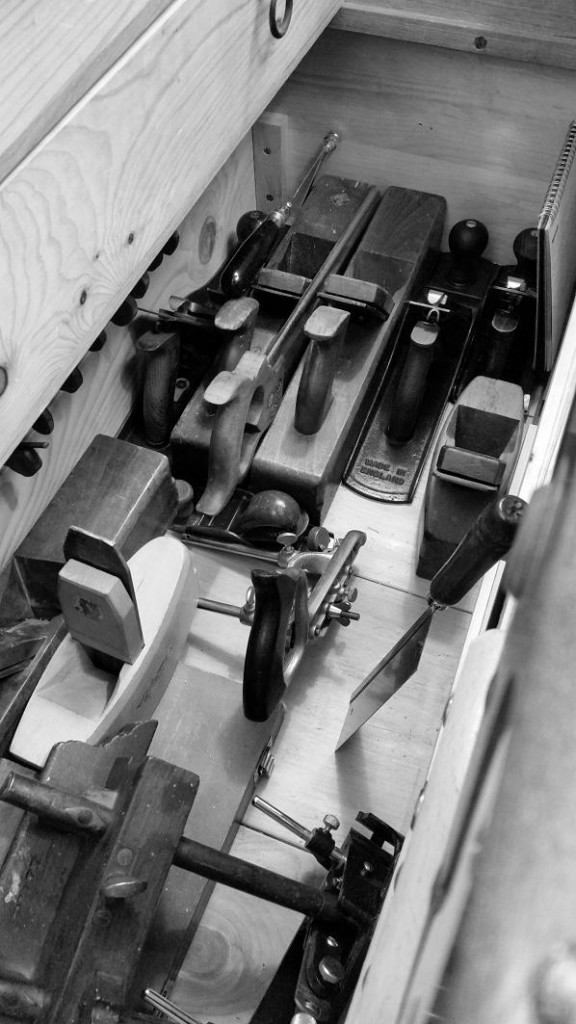
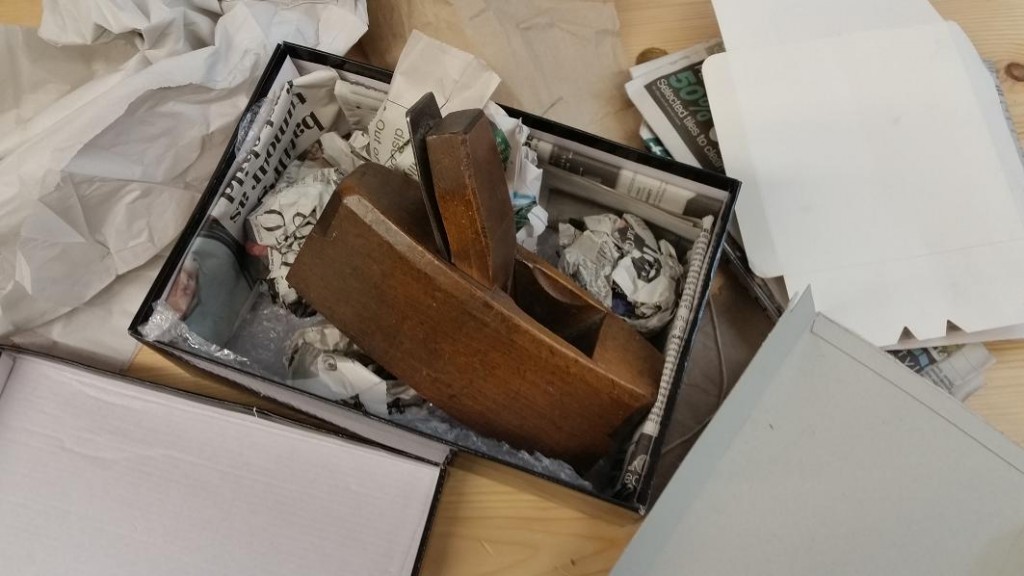
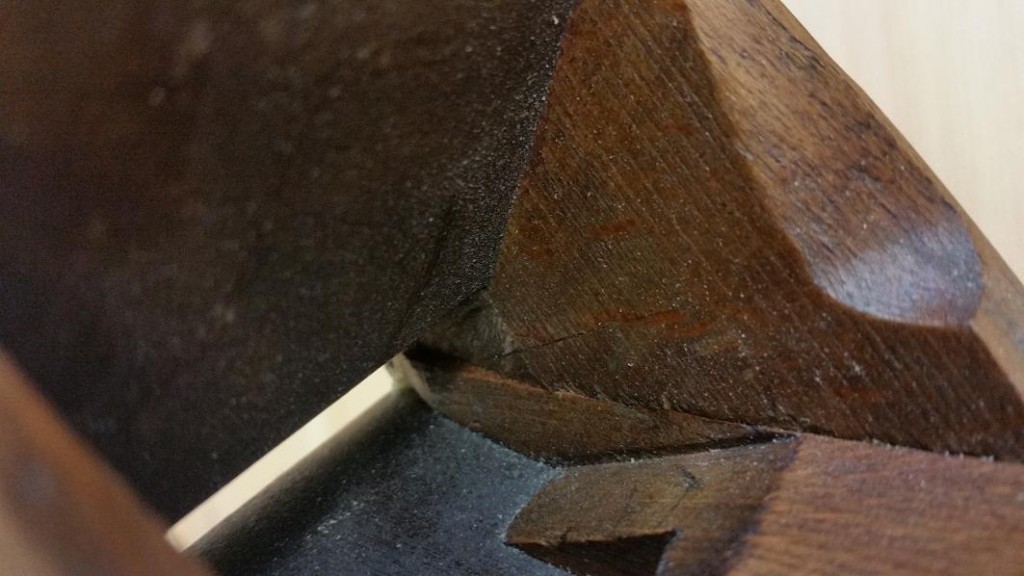
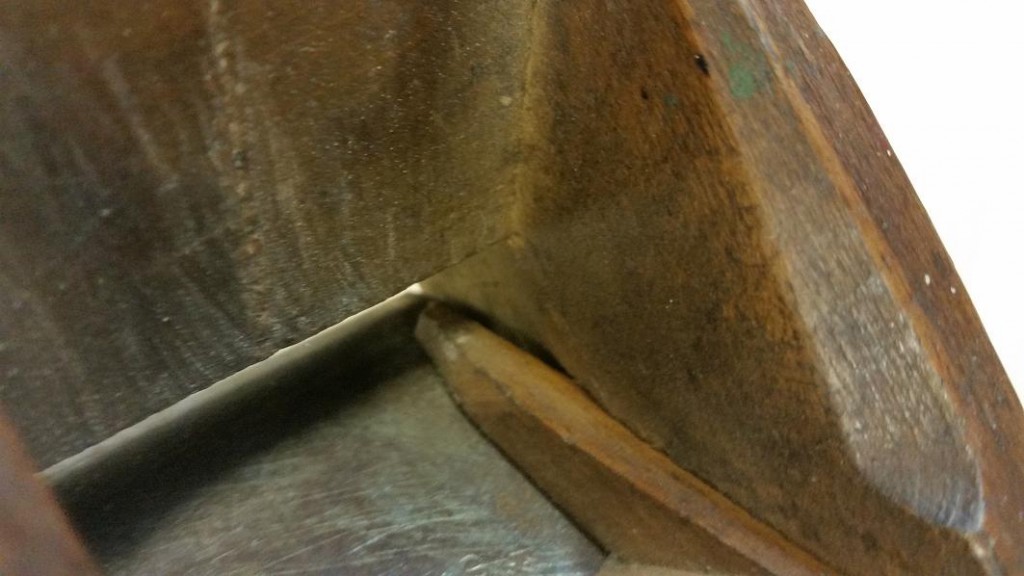
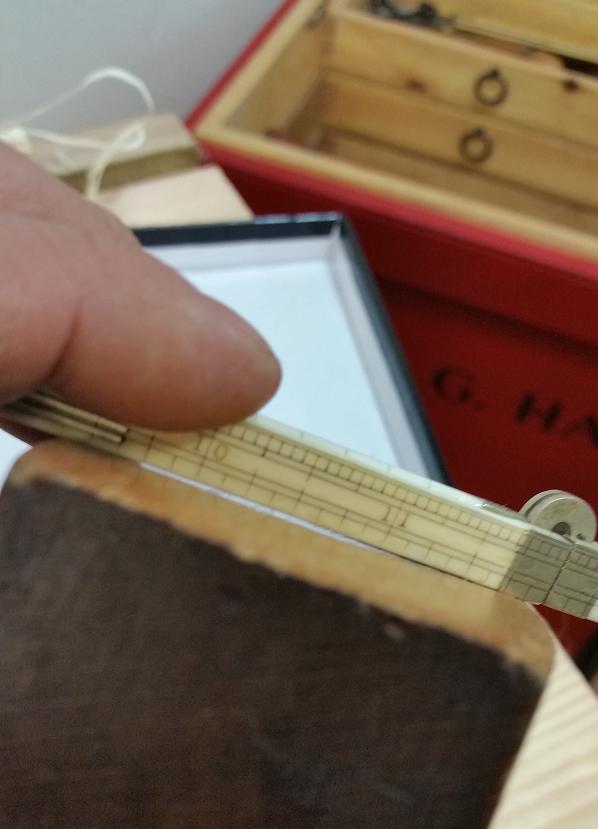
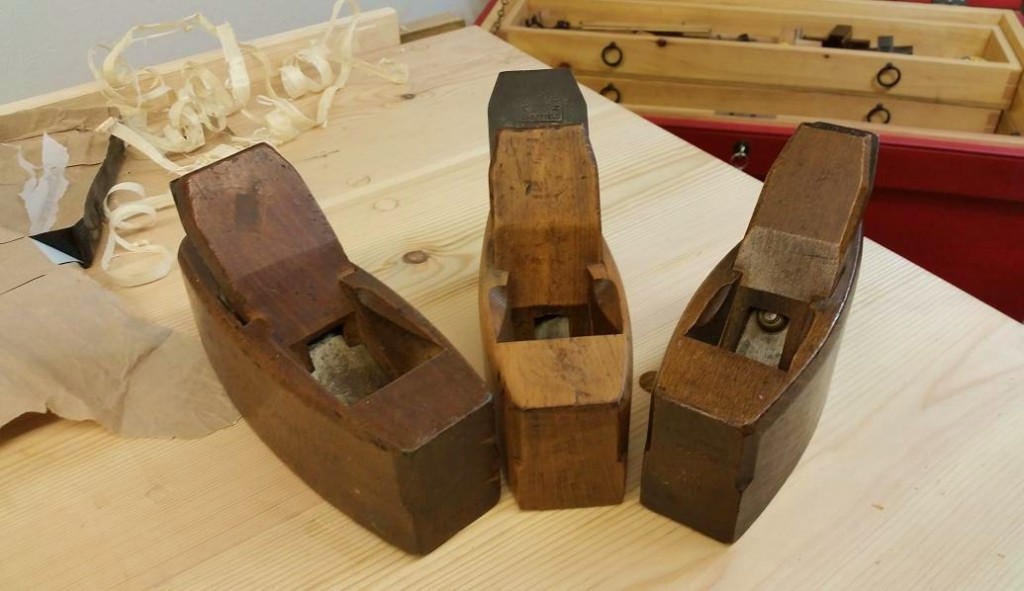







I received one of these from my son for Christmas. With this article, I should be able to get it into perfect shape. Thanks PWW.
I’ve got two wood planes in my ‘stable’ – one is actually a combination plane (a Stanley Bailey 26) with a lovely wood body (although the mouth is too wide so I really need to put a new bottom on it). The other is a ‘coffin’ with a lovely Sorby big old thick iron – I bought this at a local antique store last year for $12 USD. The coffin is not in great shape but I think that with a new bottom, it will be a fun plane to have around – I love the massive iron on it!!
I like the idea of the “coffin” smoothers, but they aren’t as common a find here. Well, I shouldn’t say they are uncommon, but usually a bit more money than a bailey style plane in many cases. But they do feel really good in the hand. It’s one of those tools that I’ve toyed around the idea of making myself for some time.